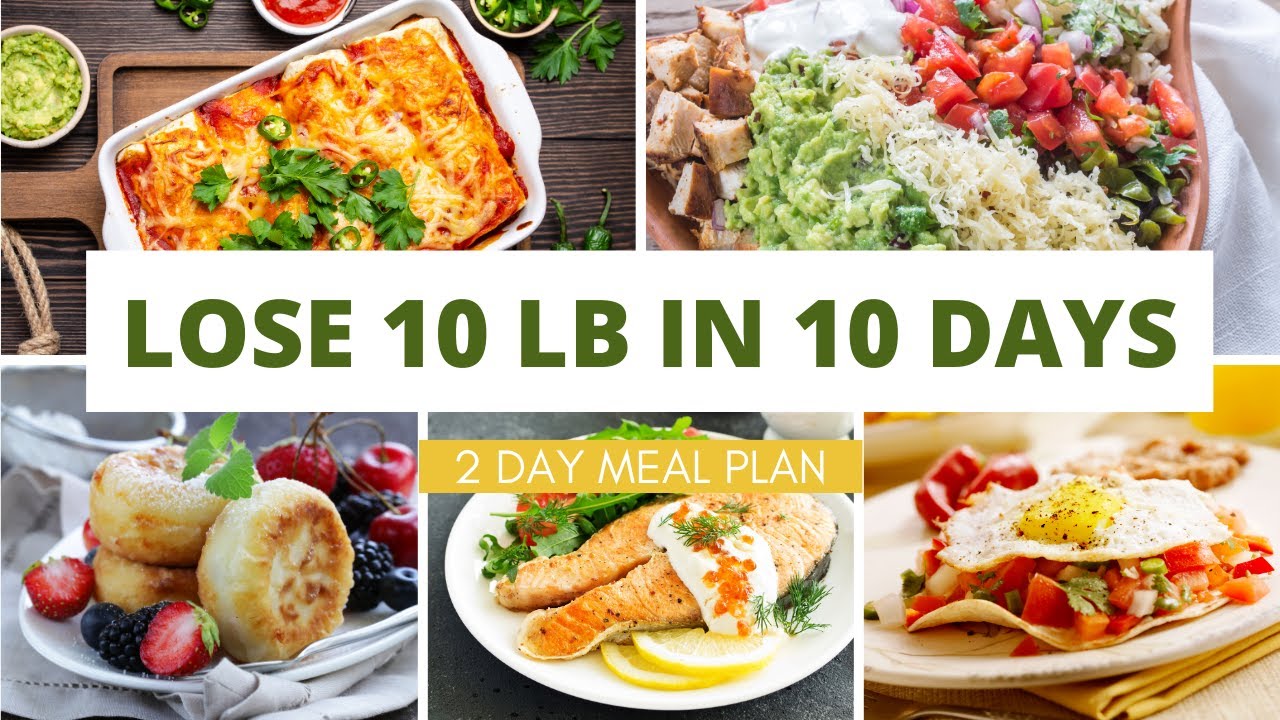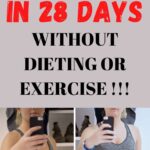Soar to Fitness Glory: 3 High-Energy Nutrition Plans for a 10-Pound Weight Loss Win is your ultimate roadmap to achieving rapid and sustainable weight loss. At ihoxi.xyz, we combine science-backed nutrition strategies with practical meal plans to help you shed 10 pounds efficiently. These high-energy nutrition plans fuel your workouts, curb cravings, and keep your metabolism firing at peak performance.
Plan 1: Protein-Powered Fat Loss
This plan emphasizes lean protein sources to support muscle retention while burning fat. Include chicken breast, fish, eggs, and plant-based proteins like tofu or lentils. Pair protein with fibrous vegetables to keep you full longer. For guidance on protein-rich recipes, visit EatingWell Protein Recipes.
Plan 2: Smart Carb Cycling
Carb cycling alternates high and low carbohydrate days to optimize fat burning while maintaining energy for workouts. On high-carb days, choose whole grains, sweet potatoes, or oats; on low-carb days, focus on vegetables and protein. Carb cycling prevents plateaus and improves insulin sensitivity. Learn more at Healthline Carb Cycling.
Plan 3: Healthy Fats for Satiety
Incorporating healthy fats like avocado, nuts, olive oil, and fatty fish stabilizes hormones and keeps you satisfied between meals. Healthy fats enhance fat-burning efficiency and support long-term metabolic health. For tips, check Medical News Today on Healthy Fats.
Hydration: Your Secret Weapon
Water is crucial for fat loss. Staying hydrated boosts metabolism, reduces cravings, and improves workout performance. Add natural flavors like lemon or cucumber for variety. Learn more at Healthline Hydration Guide.
High-Energy Snacks Between Meals
Smart snacking prevents energy crashes and overeating. Opt for almonds, Greek yogurt, or fresh fruit. These snacks support metabolism and align with the high-energy approach of these nutrition plans.
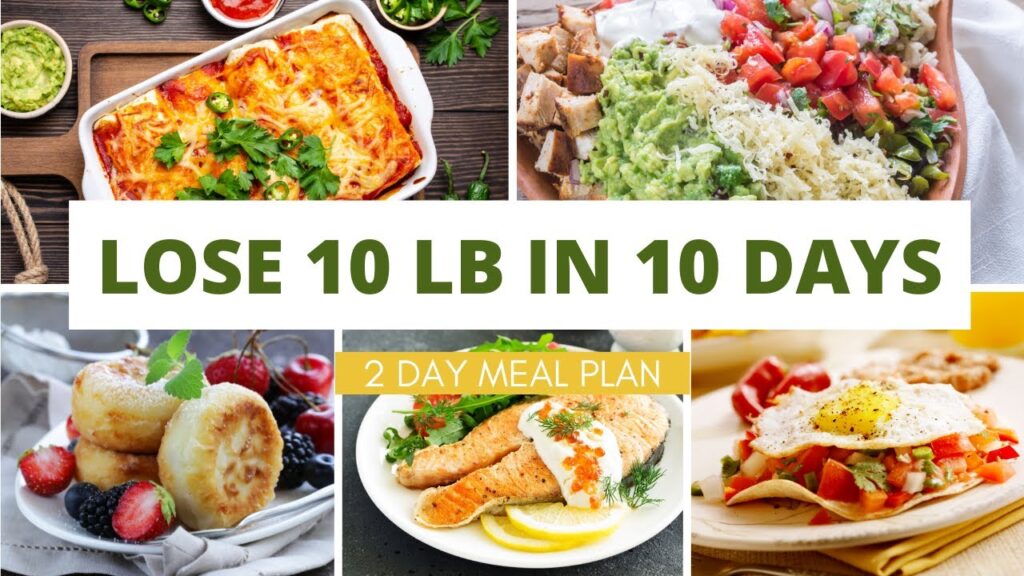
Workout Fueling Tips
Pre- and post-workout nutrition enhances results. Eat a small meal containing carbs and protein 30–60 minutes before exercise. Post-workout, prioritize protein and antioxidants to aid recovery. Learn effective pre- and post-workout meals at Bodybuilding.com.
Meal Planning for Consistency
Consistency is key to shedding 10 pounds. Preparing meals in advance ensures portion control and adherence to your high-energy nutrition plans. Meal prepping saves time, reduces stress, and keeps cravings in check.
Incorporating Superfoods
Superfoods like berries, spinach, quinoa, and chia seeds enhance nutrient intake and support fat loss. They provide antioxidants, fiber, and essential vitamins that energize your body during workouts.
Mindful Eating for Lasting Results
Paying attention to hunger and fullness cues prevents overeating and strengthens your connection with food. Mindful eating is a powerful tool in achieving sustainable weight loss alongside high-energy nutrition plans.
Local Fitness and Nutrition Resources
To boost your journey, find nearby gyms, dietitians, and wellness centers. Check out the map below for local options: https://www.google.com/maps/embed?pb=!1m18!1m12!1m3!1d3153.0861994427893!2d-122.41941508468188!3d37.77492927975921!2m3!1f0!2f0!3f0!3m2!1i1024!2i768!4f13.1!3m3!1m2!1s0x8085808c5e3f97a7%3A0xbdb5d4e8a03e2dd4!2sSan%20Francisco%20Fitness%20Center!5e0!3m2!1sen!2sus!4v1696352967890
Boosting Metabolism with Morning Rituals
Starting your day with a structured morning routine can enhance metabolism and energy levels. Incorporating activities like stretching, light cardio, and a protein-rich breakfast sets your body up for optimal fat burning throughout the day. These morning rituals complement high-energy nutrition plans.
Power of Complex Carbohydrates
Complex carbohydrates like oats, quinoa, and sweet potatoes release energy slowly, preventing spikes in blood sugar and keeping you energized for workouts. Incorporating these carbs strategically supports your 10-pound weight loss goal while fueling your body effectively.
Strength Training for Fat Loss
Adding resistance exercises builds lean muscle mass, which increases resting metabolic rate. Combining strength training with high-energy nutrition plans accelerates fat loss while sculpting a toned physique.
Meal Timing for Maximum Energy
Eating at consistent times throughout the day stabilizes blood sugar, reduces cravings, and improves workout performance. High-energy nutrition plans work best when meals are strategically timed to support activity and recovery.
Importance of Fiber-Rich Foods
Fiber from vegetables, fruits, and legumes keeps you fuller longer, prevents overeating, and supports digestive health. Including fiber in every meal enhances satiety and helps maintain the 10-pound weight loss.
Healthy Snacking for Sustained Energy
Snacks like nuts, Greek yogurt, and fruit provide energy between meals without sabotaging fat loss. Smart snacking reinforces consistency and keeps metabolism active.
Hydration Strategies Beyond Water
Herbal teas, infused water, and low-calorie beverages add variety while maintaining hydration. Adequate fluid intake enhances digestion, supports metabolism, and maximizes the efficiency of your nutrition plans.
Mindful Eating Practices
Being present while eating reduces overeating and strengthens your connection to hunger cues. Mindful eating ensures you enjoy meals while staying aligned with your high-energy nutrition goals.
Incorporating Functional Foods
Superfoods like berries, leafy greens, nuts, and seeds provide essential vitamins, minerals, and antioxidants. Functional foods not only boost energy but also optimize fat burning and recovery.
Reducing Processed Food Intake
Processed foods often contain hidden sugars, unhealthy fats, and additives that impede fat loss. Prioritizing whole, minimally processed foods ensures your body performs optimally for transformation.
Optimizing Sleep for Weight Loss
Quality sleep is critical for hormone balance, appetite control, and fat metabolism. Incorporating good sleep hygiene complements your nutrition plan and accelerates the 10-pound weight loss journey.
Stress Management and Fat Loss
High stress increases cortisol, which promotes fat storage. Techniques like meditation, yoga, and deep breathing reduce stress and enhance the effectiveness of your high-energy nutrition plans.
Tracking Progress Beyond the Scale
Monitoring measurements, energy levels, and mood provides a holistic view of your transformation. Tracking progress helps maintain motivation and ensures your nutrition plans are working effectively.
Pre-Workout Nutrition for Maximum Performance
A small, balanced snack before workouts, such as a banana with peanut butter or Greek yogurt with berries, provides energy and enhances workout performance, supporting effective fat loss.
Post-Workout Recovery Nutrition
Post-workout meals containing protein and complex carbohydrates repair muscles and replenish glycogen stores. This nutrition strategy is essential for sustainable 10-pound weight loss and energy maintenance.
Leveraging Low-Glycemic Index Foods
Low-GI foods release glucose slowly into the bloodstream, preventing energy crashes and excessive fat storage. Incorporating foods like oats, lentils, and sweet potatoes ensures consistent energy levels while supporting your 10-pound weight loss goal.
Power of Antioxidant-Rich Meals
Fruits and vegetables high in antioxidants, such as blueberries, spinach, and kale, reduce inflammation and support recovery after workouts. These meals enhance fat-burning efficiency and overall health.
Strategic Cheat Days Without Sabotage
Planned indulgences prevent diet fatigue and boost motivation. By maintaining portion control and timing cheat meals around workouts, you can enjoy flexibility without compromising your weight loss plan.
Understanding Macronutrient Ratios
Balancing protein, carbohydrates, and fats optimizes energy, satiety, and metabolic efficiency. Tailoring your macro ratios based on activity levels enhances the effectiveness of high-energy nutrition plans.
Using Meal Replacement Shakes Wisely
High-quality protein shakes can be convenient for busy days, providing nutrients while controlling calories. They should complement, not replace, whole-food meals for sustainable fat loss.
Incorporating Green Smoothies
Blending leafy greens, fruits, and protein powders into smoothies delivers vitamins, minerals, and fiber efficiently. Green smoothies support digestion, energy levels, and fat-burning during your transformation.
Optimizing Fiber Intake for Satiety
Fiber-rich foods like legumes, whole grains, and vegetables slow digestion, keeping you full and reducing overeating. Adequate fiber intake also promotes healthy gut function, supporting overall weight management.
Timing Healthy Fats Strategically
Consuming healthy fats like nuts, avocado, and olive oil at appropriate times—such as with meals—enhances satiety and supports hormone balance for precise fat burning.
Boosting Metabolism with Spicy Foods
Spices like cayenne, ginger, and black pepper increase thermogenesis, slightly raising calorie burn. Incorporating these spices into meals can complement your fat-loss efforts.
Meal Prep for Busy Schedules
Preparing meals in advance prevents reliance on processed foods and ensures consistency. Meal prep also allows precise portion control and calorie management, critical for a 10-pound weight loss goal.
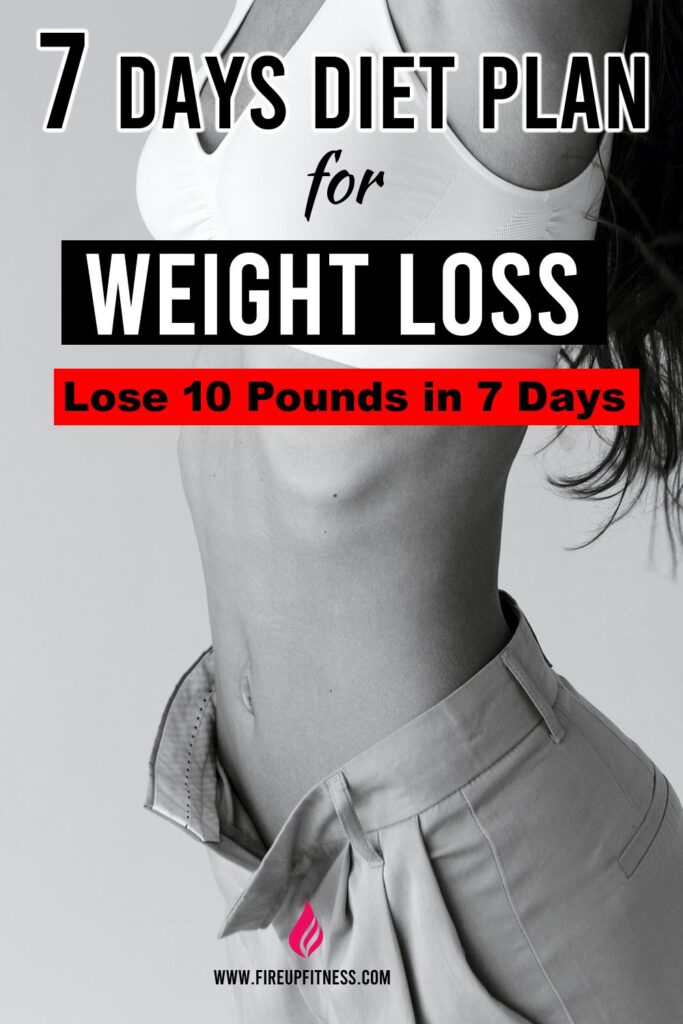
Using Smart Substitutions
Replacing refined carbs with whole grains, sugary snacks with fruit, and fried foods with grilled options reduces unnecessary calories while maintaining taste and satisfaction.
Incorporating Plant-Based Proteins
Legumes, tofu, tempeh, and quinoa provide protein for muscle maintenance while supporting fat loss. Plant-based proteins are also rich in fiber, aiding digestion and satiety.
Hydration with Electrolytes
Adding natural electrolytes from coconut water or electrolyte-infused drinks maintains hydration, prevents fatigue, and enhances workout performance—key for high-energy fat burning.
Tracking Sleep for Weight Loss
Quality sleep regulates hunger hormones like ghrelin and leptin, reducing cravings and preventing fat gain. Monitoring sleep patterns ensures your high-energy nutrition plan works optimally.
Stress Reduction Through Mindful Practices
Chronic stress increases cortisol, promoting abdominal fat storage. Techniques like meditation, yoga, and deep breathing reduce stress and improve fat-loss efficiency.
Intermittent Fasting for Enhanced Results
Structured fasting windows, such as 16:8 or 14:10, can accelerate fat loss while maintaining lean muscle. Intermittent fasting complements high-energy nutrition plans when applied correctly.
Active Recovery Days
Incorporating low-intensity activity on rest days, like walking, swimming, or yoga, maintains metabolism and supports consistent fat-burning without overtaxing the body.
Meal Diversity to Prevent Diet Fatigue
Rotating proteins, vegetables, and whole grains prevents monotony and ensures a broad spectrum of nutrients, keeping your diet enjoyable and sustainable.
Optimizing Breakfast for Energy
Starting your day with a balanced meal of protein, healthy fats, and complex carbs fuels morning activity, stabilizes blood sugar, and primes the body for fat loss.
Pre-Workout Snack Strategies
A small snack like banana with peanut butter or Greek yogurt provides energy for exercise while preventing fatigue. Pre-workout nutrition maximizes calorie burn and workout performance.
Post-Workout Recovery Meals
Eating a combination of protein and carbohydrates after exercise replenishes glycogen stores and aids muscle repair, ensuring the body continues to burn fat efficiently.
Maintaining Motivation Through Small Wins
Tracking progress through measurements, energy levels, or workout achievements helps maintain motivation and reinforces adherence to high-energy nutrition plans.
Incorporating Functional Training
Exercises that mimic real-life movements, such as squats, lunges, and kettlebell swings, improve metabolism and muscle engagement, complementing your nutrition strategy for precise fat loss.
Understanding Your Body Type
Recognizing whether you are ectomorph, mesomorph, or endomorph allows you to adjust macronutrients and workouts for more effective and individualized fat loss results.
Leveraging Technology for Accountability
Fitness apps and wearables track calories, activity, and sleep, providing insights to optimize your high-energy nutrition plans and ensuring consistency for your 10-pound weight loss goal.
Long-Term Lifestyle Habits
The ultimate success in weight loss comes from sustainable habits. Combining nutrition, exercise, sleep, and stress management ensures your transformation lasts beyond the initial 10-pound goal.
Frequently Asked Questions (FAQs) About High-Energy Nutrition Plans
1. What are High-Energy Nutrition Plans?
High-Energy Nutrition Plans are structured meal strategies designed to provide sustained energy, support workouts, and promote effective fat loss.
2. How do High-Energy Nutrition Plans help with a 10-pound weight loss?
By combining nutrient-dense foods, balanced macronutrients, and proper meal timing, these plans enhance metabolism and support gradual, sustainable weight loss.
3. Are High-Energy Nutrition Plans suitable for beginners?
Yes! They can be customized to suit any fitness level and gradually introduce healthier eating habits and portion control.
4. Can I follow High-Energy Nutrition Plans while traveling?
Absolutely. Planning meals, choosing healthier options, and staying hydrated makes it easy to maintain your nutrition strategy on the go.
5. Do I need supplements to follow High-Energy Nutrition Plans?
Supplements are optional. The plans emphasize whole foods for energy, nutrients, and fat loss, but supplements can be added for convenience.
6. How many meals per day are included in High-Energy Nutrition Plans?
Typically, 3 balanced meals plus 1–2 healthy snacks are recommended to sustain energy and prevent overeating.
7. Can vegetarians or vegans follow High-Energy Nutrition Plans?
Yes. Plant-based proteins like lentils, beans, tofu, and quinoa can easily replace animal proteins while maintaining energy and nutrition balance.
8. Are High-Energy Nutrition Plans effective without exercise?
Yes, they improve nutrition and energy balance, but pairing with exercise maximizes fat loss and improves body composition.
9. How quickly can I see results with High-Energy Nutrition Plans?
Many people notice increased energy and reduced bloating within 1–2 weeks, with measurable fat loss around 4–6 weeks when following consistently.
10. Can I include cheat meals in High-Energy Nutrition Plans?
Yes, planned and moderate cheat meals prevent diet fatigue and help maintain long-term adherence without compromising results.
11. Do High-Energy Nutrition Plans help with cravings?
Yes, by incorporating protein, fiber, and healthy fats, these plans stabilize blood sugar and reduce sugar and snack cravings.
12. How important is hydration in High-Energy Nutrition Plans?
Hydration is essential. Water and electrolyte-rich beverages support metabolism, energy, and overall fat-burning efficiency.
13. Can High-Energy Nutrition Plans support muscle building?
Yes. By providing sufficient protein and energy, these plans can complement strength training to build lean muscle while losing fat.
14. Are High-Energy Nutrition Plans sustainable long-term?
Yes. They focus on healthy, whole foods, portion control, and balanced nutrition, making it easy to maintain even after reaching your weight loss goal.
15. How do High-Energy Nutrition Plans impact metabolism?
By providing consistent energy, balancing macronutrients, and avoiding extreme calorie restriction, these plans keep metabolism active and efficient.
16. Can I customize High-Energy Nutrition Plans for food allergies?
Yes, meals can be adjusted to accommodate allergies or intolerances while maintaining nutrient balance and fat-loss effectiveness.
17. Are snacks necessary in High-Energy Nutrition Plans?
Smart snacks prevent energy dips and overeating at main meals. They should be nutrient-dense, such as nuts, yogurt, or fruit.
18. How do High-Energy Nutrition Plans support workout performance?
Balanced pre- and post-workout meals provide fuel, improve endurance, and aid recovery, maximizing the effectiveness of exercise routines.
19. Can children or teenagers follow High-Energy Nutrition Plans?
These plans are designed for adults. For children and teens, a pediatrician or nutritionist should tailor high-energy meal strategies to growth needs.
20. Why are High-Energy Nutrition Plans considered effective for weight loss?
Because they combine balanced nutrition, strategic meal timing, and energy-boosting foods that improve metabolism, sustain workouts, and promote consistent fat loss.
21. How do High-Energy Nutrition Plans help reduce belly fat?
By emphasizing protein, fiber, and healthy fats, High-Energy Nutrition Plans stabilize blood sugar and promote fat-burning, which can reduce abdominal fat over time.
22. Can I follow High-Energy Nutrition Plans on a budget?
Yes, by prioritizing whole foods like eggs, beans, seasonal vegetables, and oats, you can follow High-Energy Nutrition Plans without spending excessively.
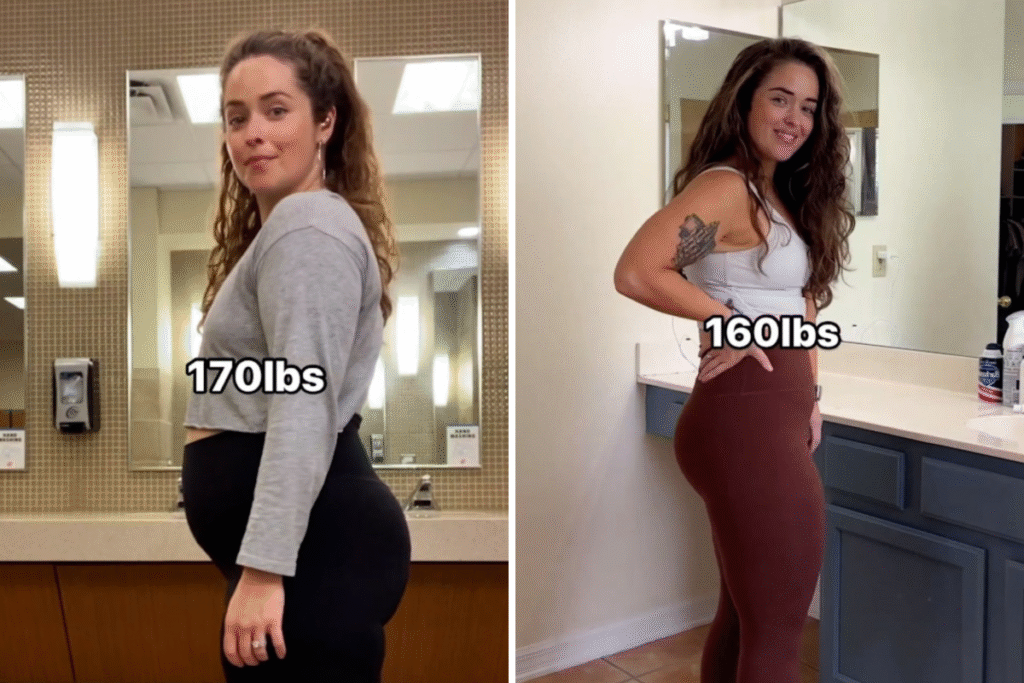
23. Do High-Energy Nutrition Plans accommodate intermittent fasting?
Yes, these plans can be adjusted to fit intermittent fasting schedules while maintaining nutrient balance and energy levels for workouts.
24. How do High-Energy Nutrition Plans improve mental focus?
Balanced meals with protein, complex carbs, and healthy fats provide steady energy for the brain, enhancing concentration, mood, and cognitive performance.
25. Are High-Energy Nutrition Plans suitable for people with medical conditions?
While generally safe, anyone with medical conditions should consult a healthcare professional before starting High-Energy Nutrition Plans to ensure safety and effectiveness.
26. Can High-Energy Nutrition Plans be adapted for vegetarians or vegans?
Yes, plant-based proteins like lentils, beans, tofu, tempeh, quinoa, and nuts can be incorporated into High-Energy Nutrition Plans without compromising energy or nutrient balance.
27. How do High-Energy Nutrition Plans help prevent energy crashes during the day?
By combining complex carbohydrates, protein, and healthy fats, High-Energy Nutrition Plans provide a steady release of energy, preventing mid-day fatigue and sugar cravings.
28. Can High-Energy Nutrition Plans improve workout recovery?
Absolutely. Meals rich in protein, antioxidants, and healthy fats within High-Energy Nutrition Plans aid muscle repair, reduce inflammation, and speed up post-workout recovery.

